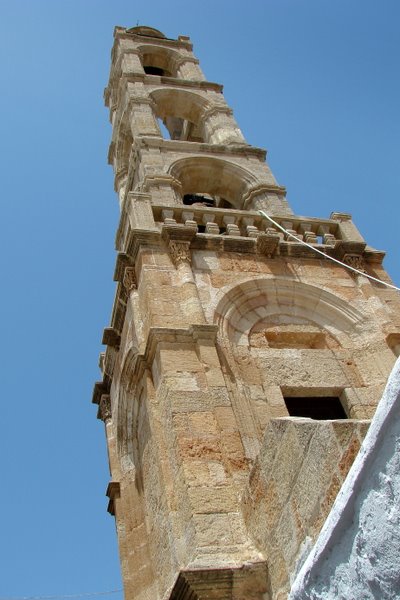
Tucked away on the eastern side of the Island of Rhodes is the town of Lindos. Paul most likely pulled into this port when he arrived at this island. Back then, the acropolis (mountain) next to the bay had a large Doric temple to Athena Lindia.
The acropolis affords an excellent view of the surrounding area, and is a hit with the tourists – so naturally we had to follow along.
Lindos was founded by the Dorians around 1000 BC. The eastern location made it a natural meeting place for the Greeks and the Phoenicians. It became a major trading center by the 8th century, but declined as the city of Rhodes (at the north end of the island) became more popular in the late 5th century.
In classical times the acropolis of Lindos was dominated by the massive temple of Athena Lindia, which attained its final form in around 300 BC. In Hellenistic and Roman times the temple precinct grew as more buildings were added. In early mediaeval times these buildings fell into disuse, and in the 14th century they were partly overlaid by a massive fortress built on the acropolis by the Knights of St John to defend the island against the Ottomans. (wikipedia)
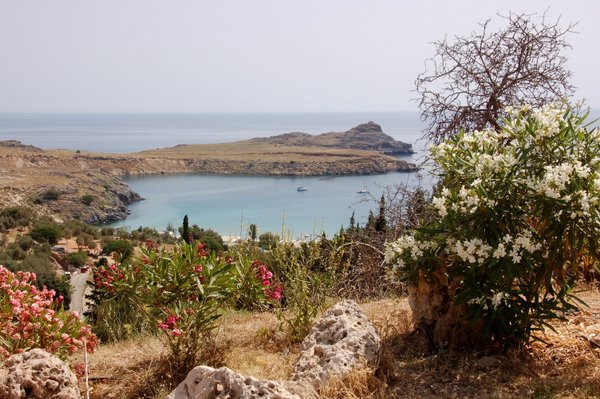 |
I thought this was the bay where Paul landed.
Act 21:1 After we had torn ourselves away from them, we put out to sea and sailed straight to Cos. The next day we went to Rhodes and from there to Patara. |
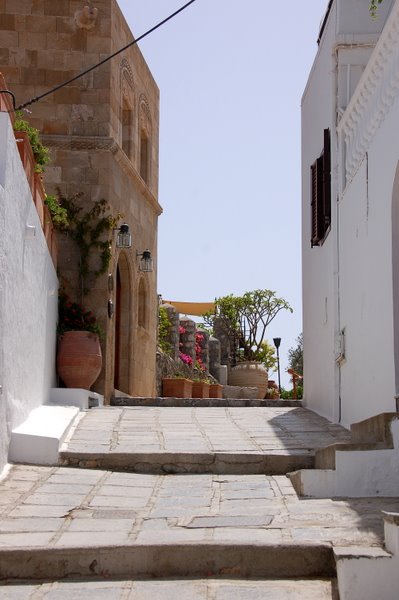 |
|
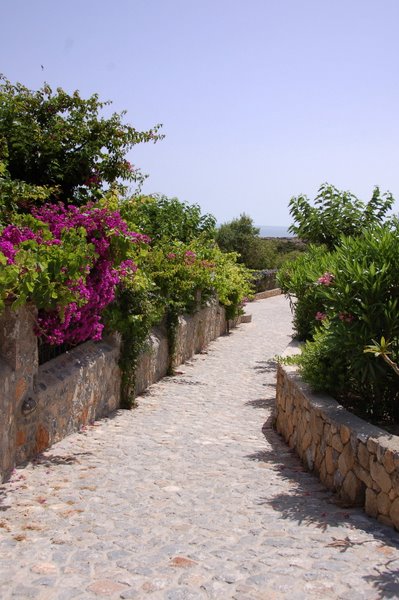 |
|
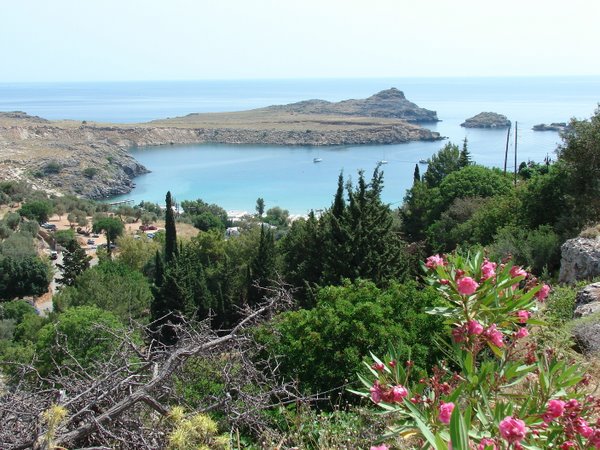 |
(same bay) |
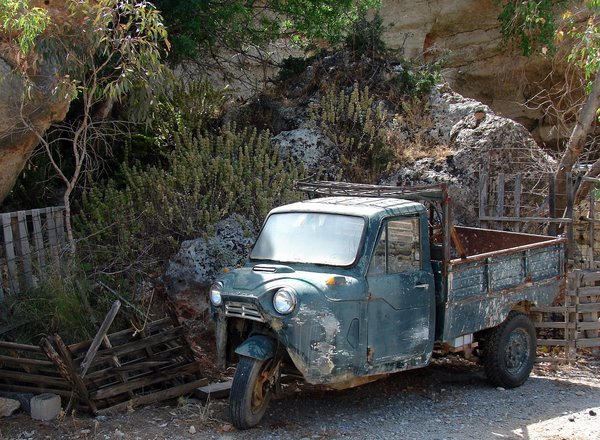 |
|
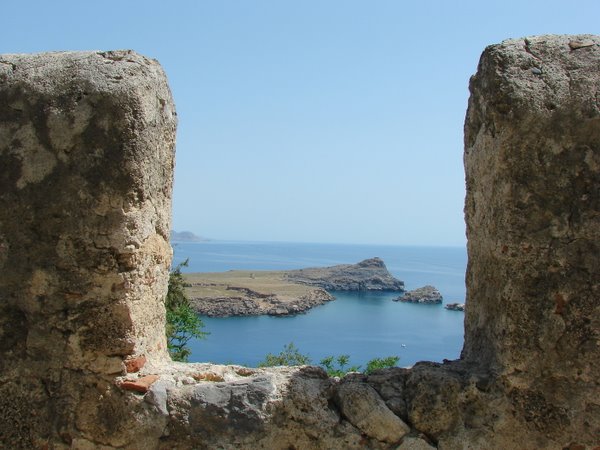 |
|
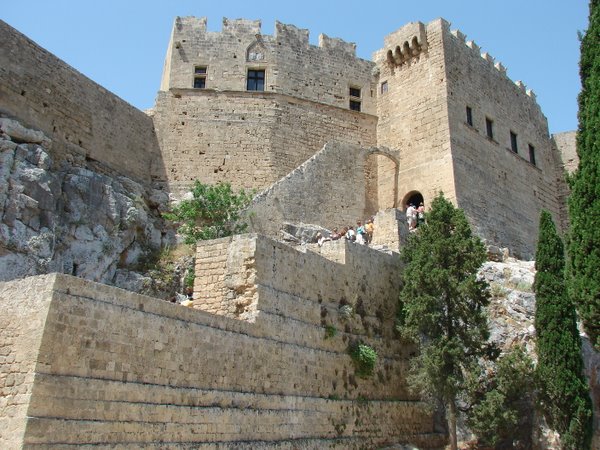 |
This castle was built by the Knights of St. John to fight off the Ottomans in the 14th century. |
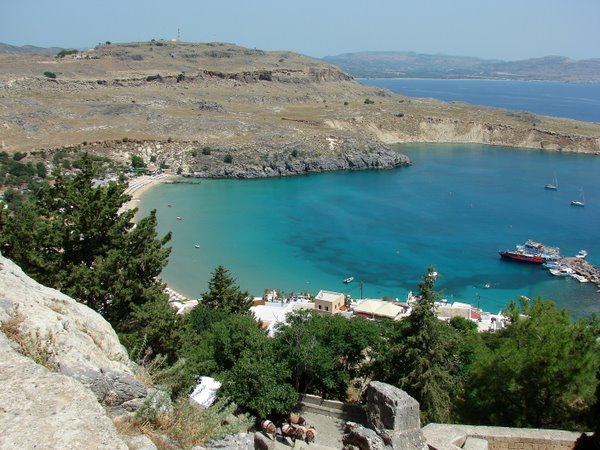 |
|
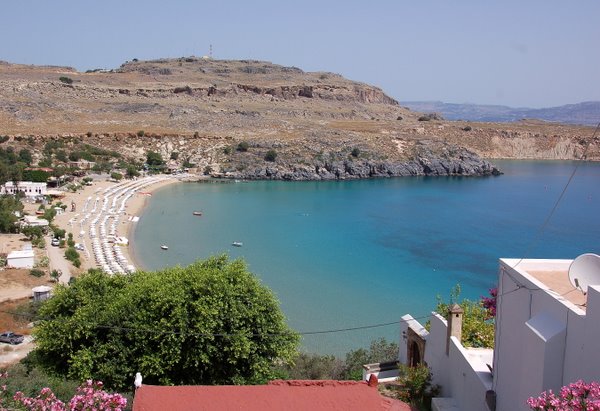 |
|
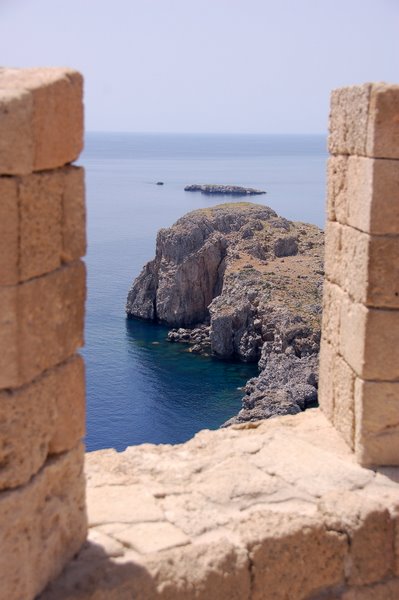 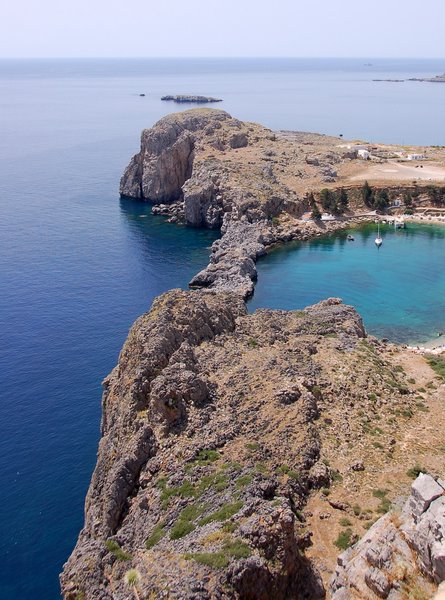 (Sheryl took these shots!) |
Turns out that this is St. Paul’s Bay. |
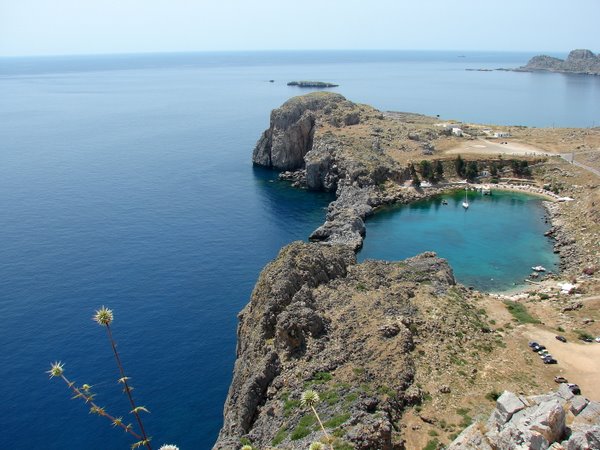 (Her camera makes the blue look much better than mine) |
(the lagoon, that is) |
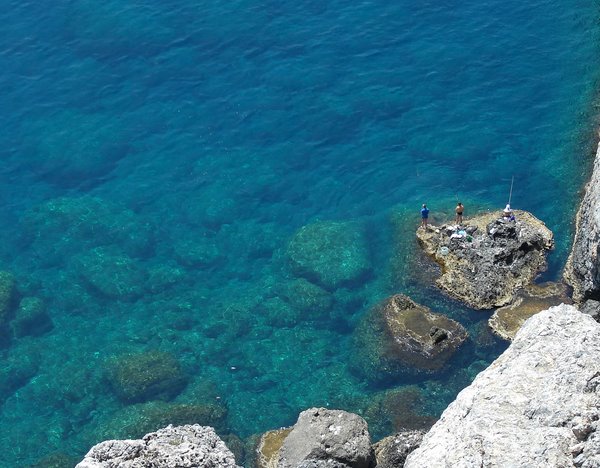 |
From the acropolis, it’s a couple hundred feet down to the water. I’d love to know how deep that water is. Looks gorgeous! |
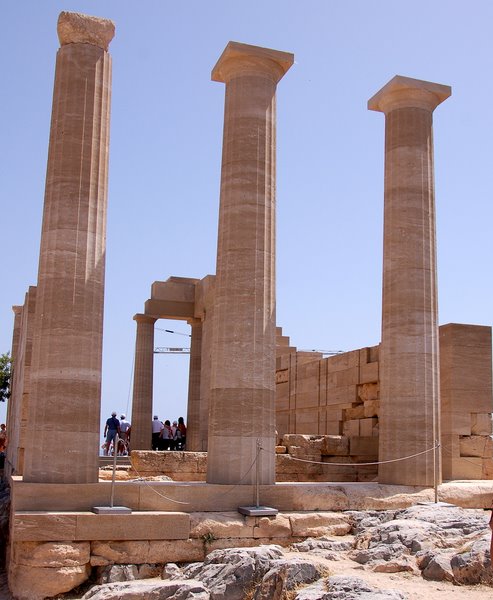 |
Reconstructions of the temple Athena Lindia. |
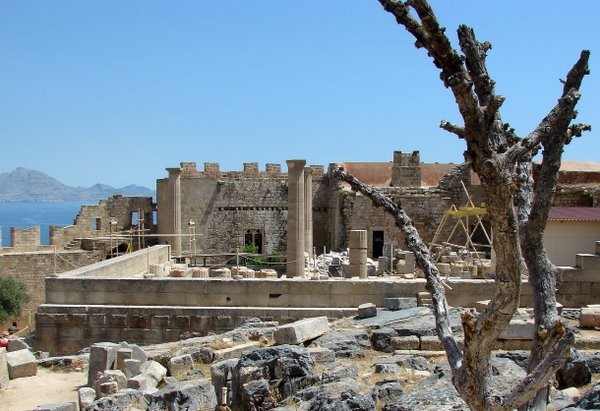 |
Not much up on the acropolis. |
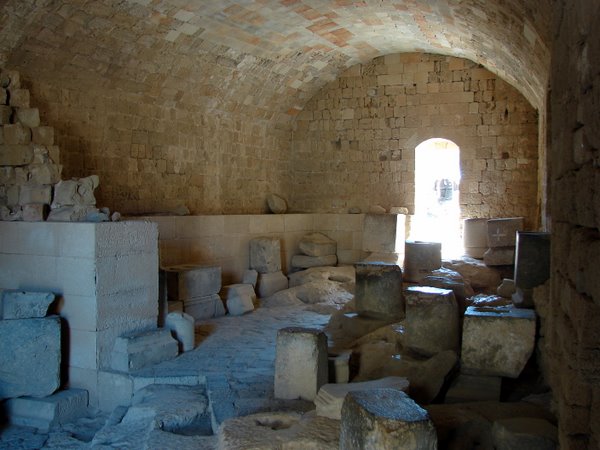 |
A room off to the side in St. John’s castle. |
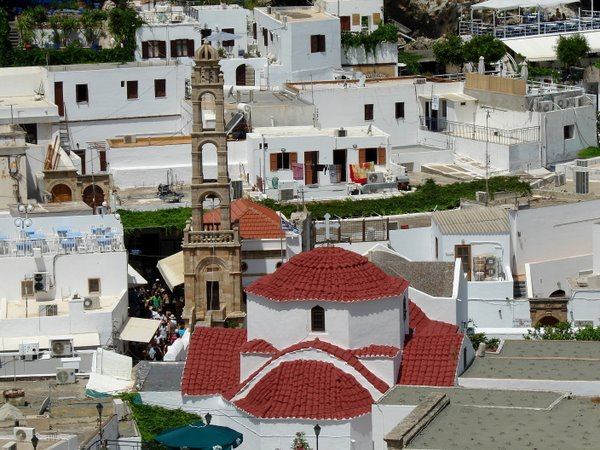 |
A view down to a church and some other neat buildings. |
Shores of Lindos
Shores of Lindos
